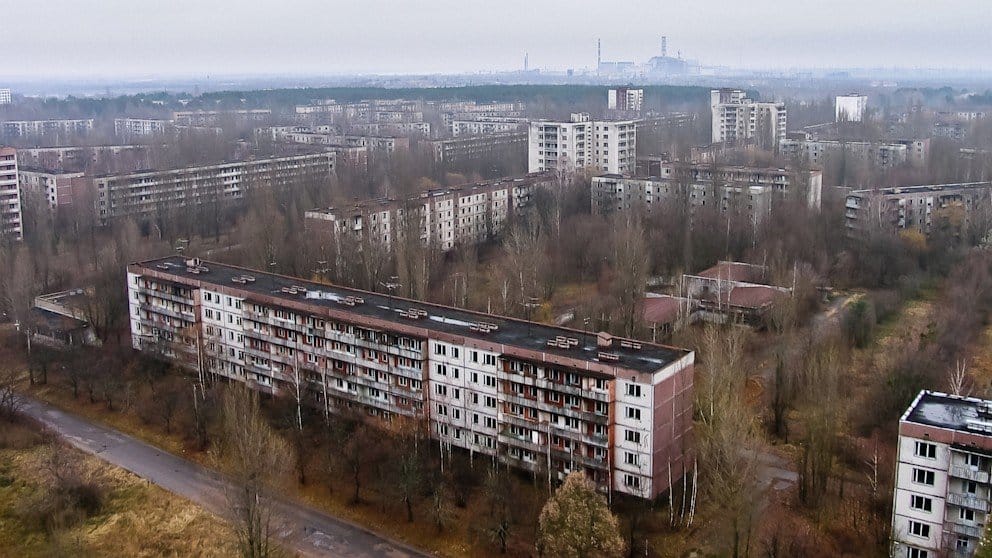Table of Contents
- After Chernobyl Disaster
- 30 years later: A 360º look at Chernobyl - SFGate
- Chernobyl disaster | Causes & Facts | Britannica
- Chernobyl - 35 Years On
- Facts and Stats about Chernobyl Disaster - Magnifyskill
- 10 Shocking Facts About The Chernobyl Disaster
- The Chernobyl disaster was a nuclear accident in which country?
- Chernobyl disaster - Wikiwand
- 10 Shocking Facts About The Chernobyl Disaster
- Crisis Pictures: The Chernobyl nuclear disaster



Background and Causes of the Accident

.jpg/480px-IAEA_02790015_(5613115146).jpg)

Immediate Consequences and Response



Long-term Consequences and Health Effects
The Chornobyl disaster had far-reaching and devastating consequences for the environment, human health, and the economy. The radioactive fallout contaminated a vast area, affecting millions of people and causing widespread damage to crops, forests, and wildlife. The World Health Organization (WHO) estimates that up to 20,000 people may eventually die from cancers caused by radiation exposure, while the International Atomic Energy Agency (IAEA) predicts that the accident will have a significant impact on the health of future generations.
Lessons Learned and Safety Measures
The Chornobyl disaster served as a wake-up call for the nuclear industry, highlighting the importance of safety, transparency, and international cooperation. The IAEA, established in 1957, played a crucial role in coordinating the international response to the disaster and providing technical assistance to affected countries. The agency has since worked tirelessly to promote nuclear safety and security, developing guidelines and standards for the safe operation of nuclear power plants. The 1986 Chornobyl nuclear power plant accident was a devastating reminder of the importance of prioritizing safety and responsible management in the nuclear industry. As the world continues to grapple with the challenges of nuclear energy, it is essential to learn from the lessons of Chornobyl and work towards a safer, more sustainable future. The IAEA, along with other international organizations and governments, must continue to promote nuclear safety, security, and cooperation, ensuring that such a tragedy never happens again.For more information on the Chornobyl disaster and nuclear safety, visit the International Atomic Energy Agency (IAEA) website.
Note: This article is based on information available from the International Atomic Energy Agency (IAEA) and other reputable sources.